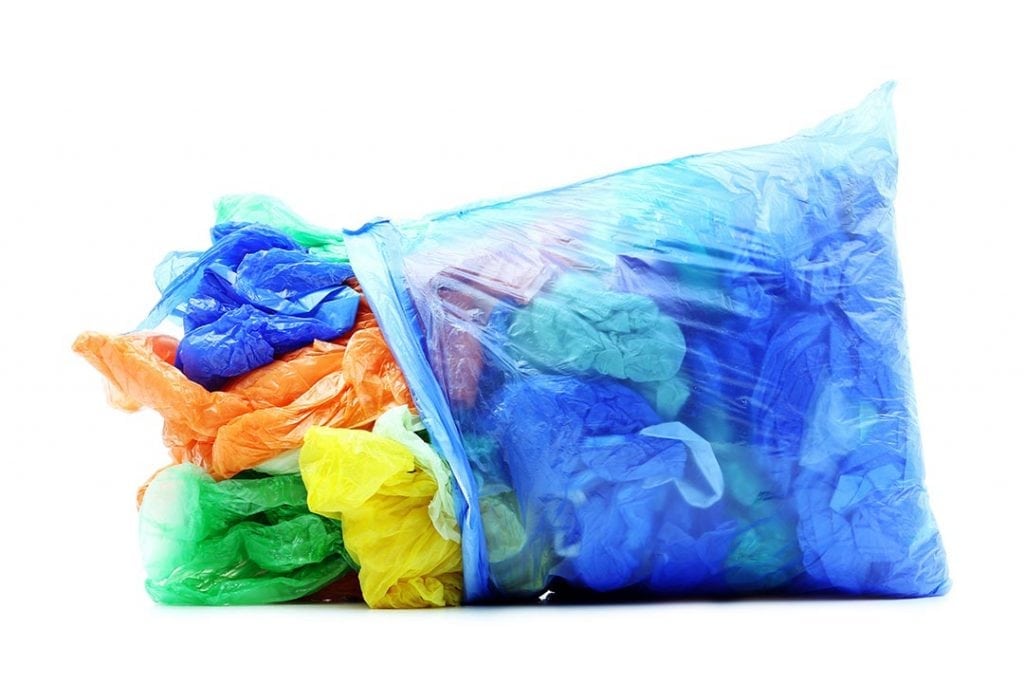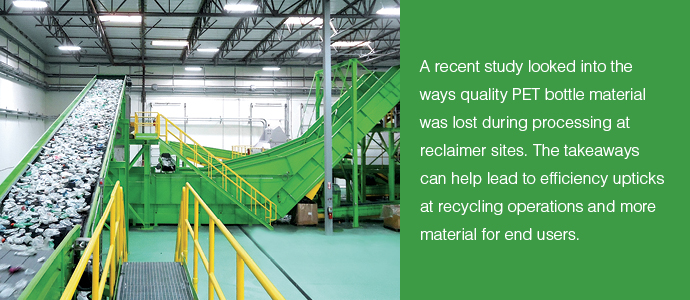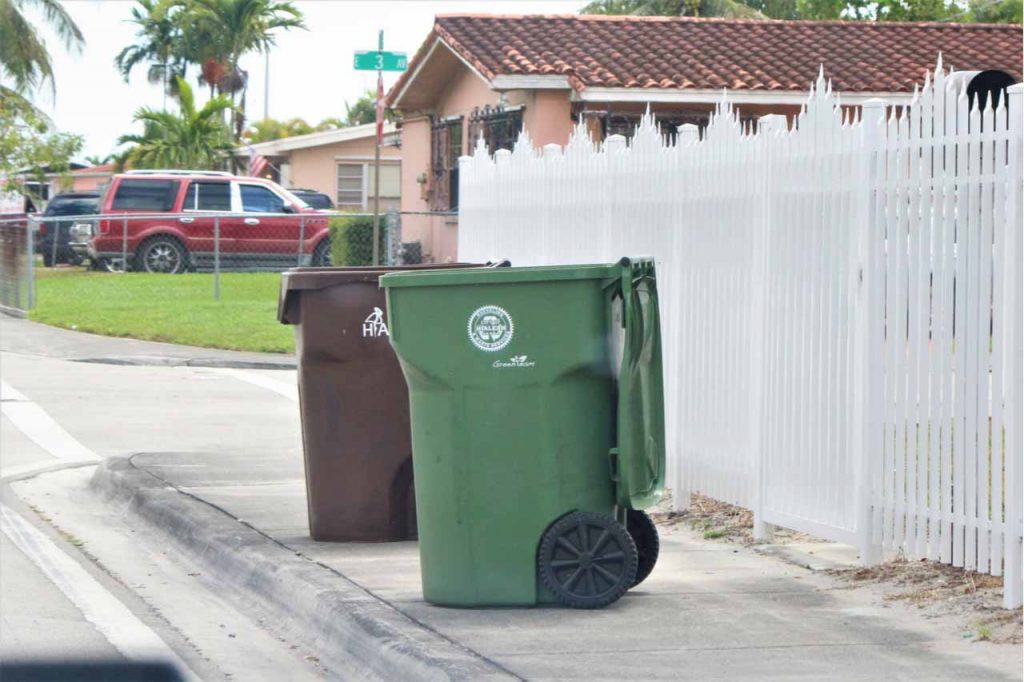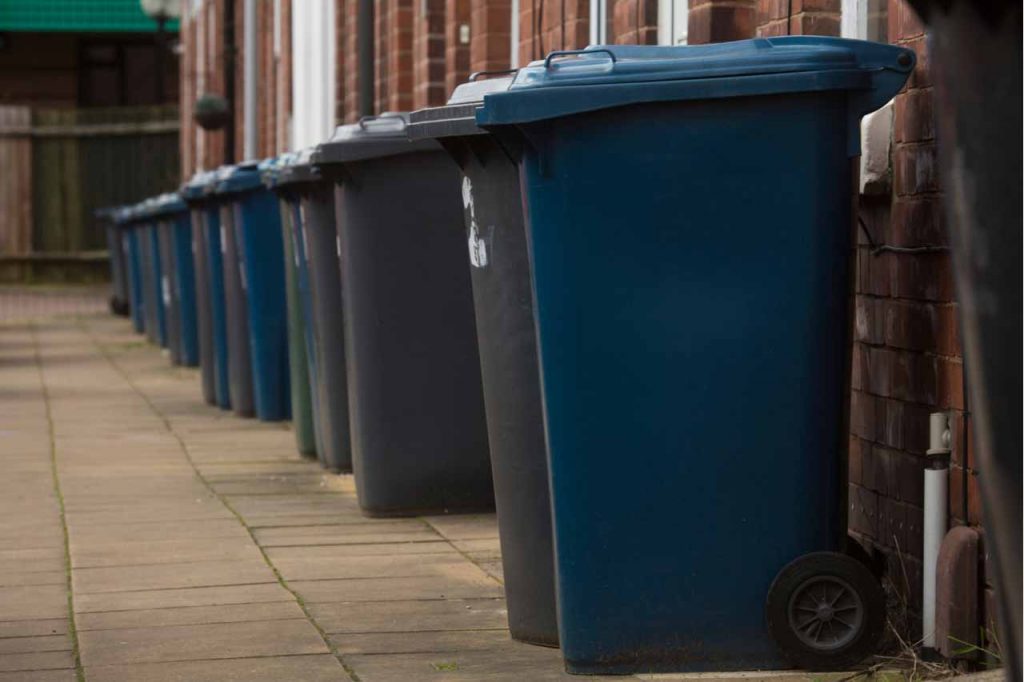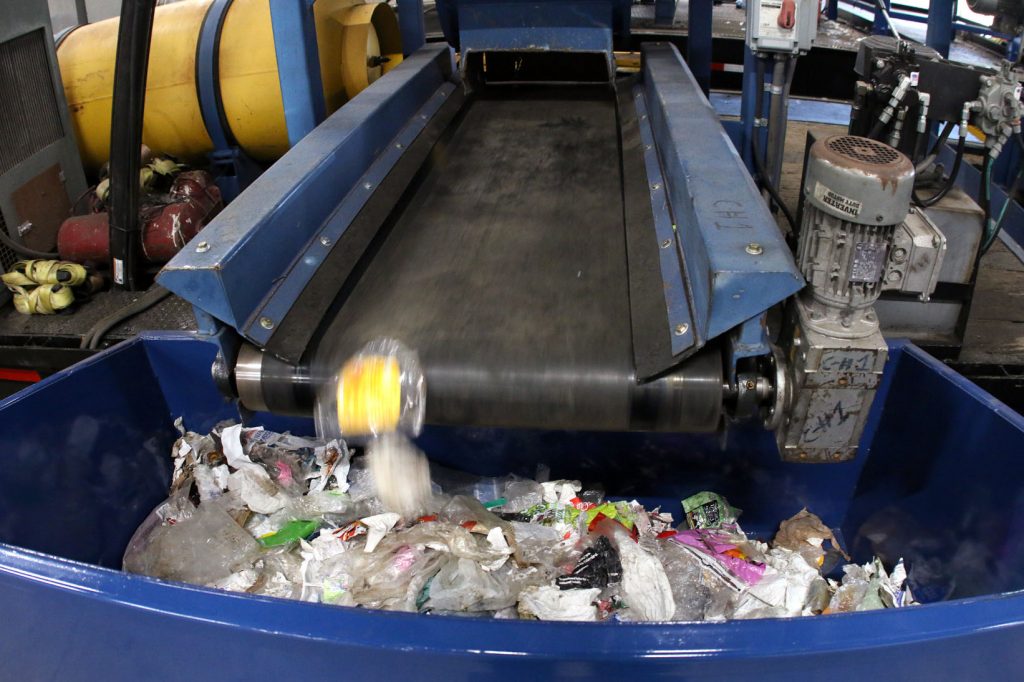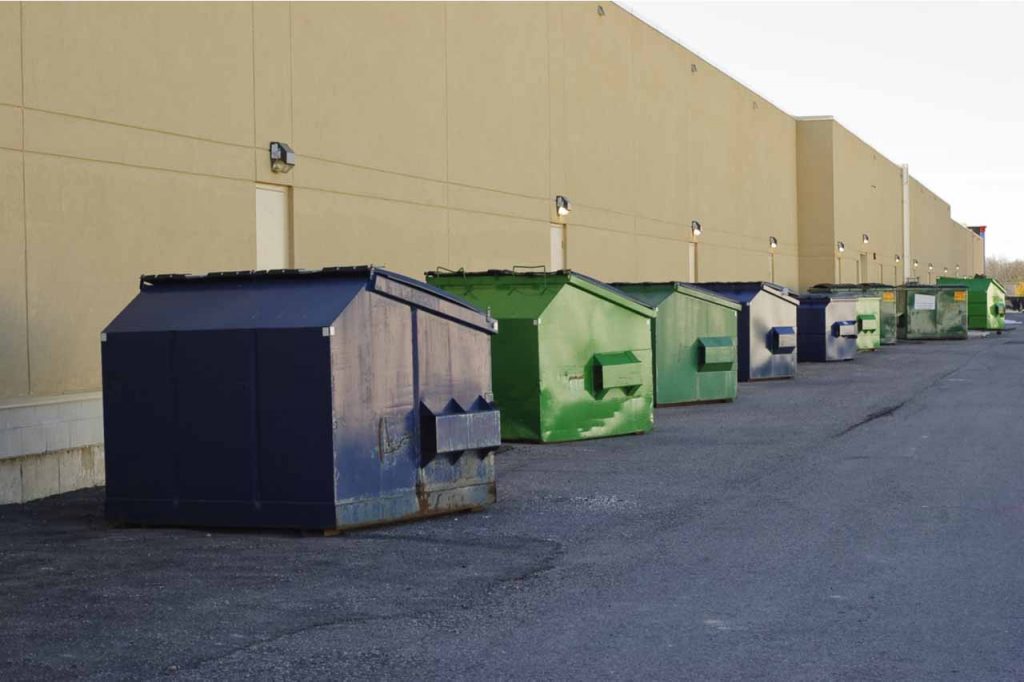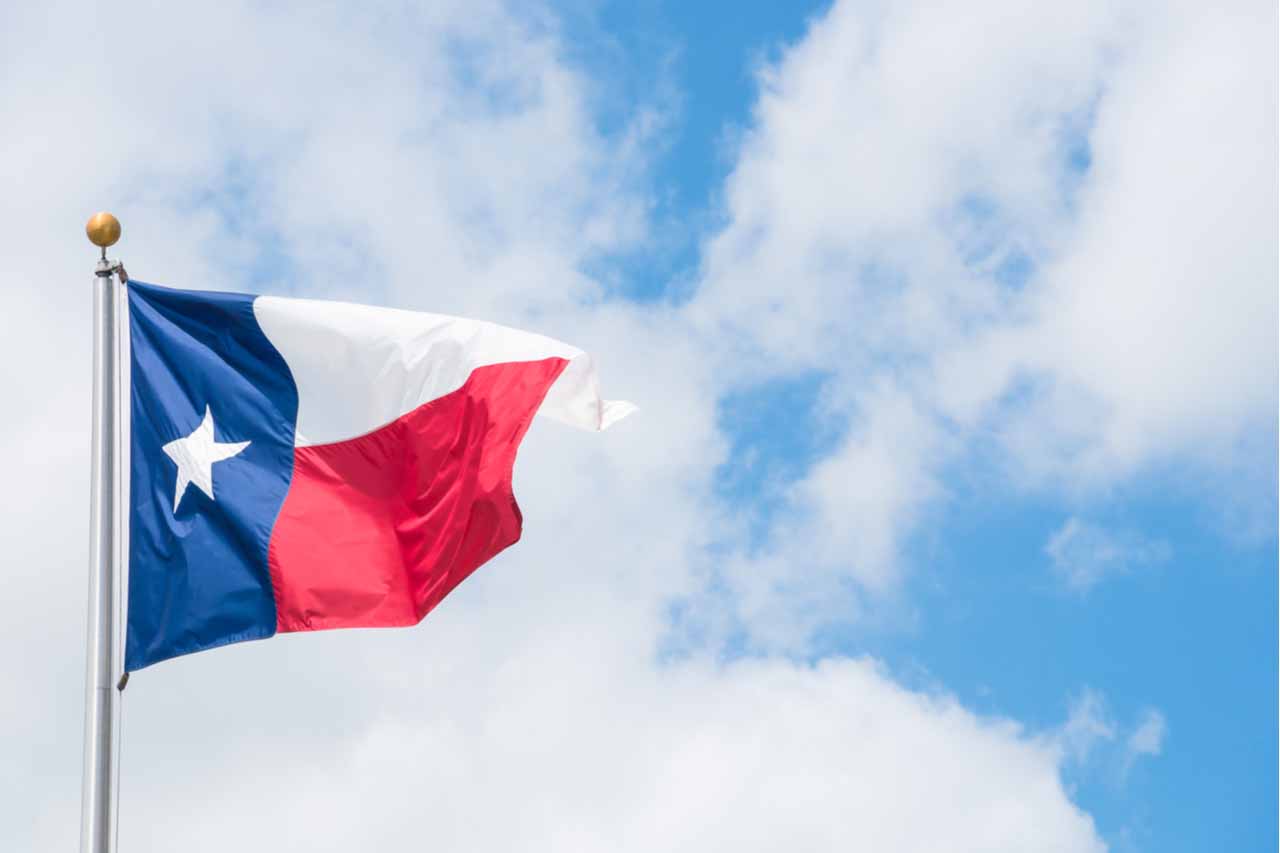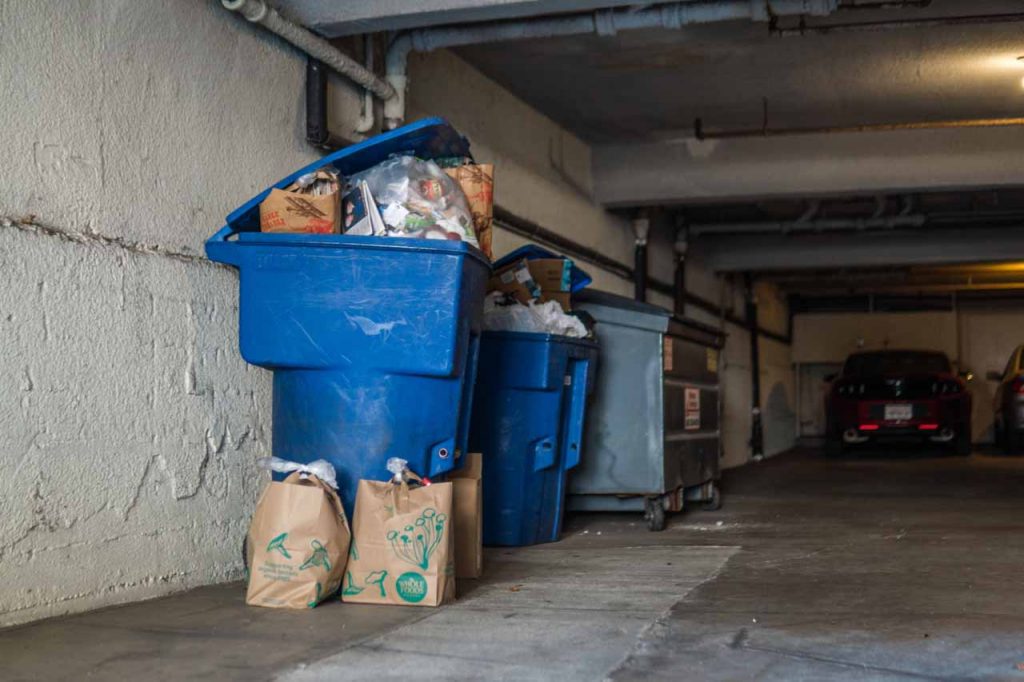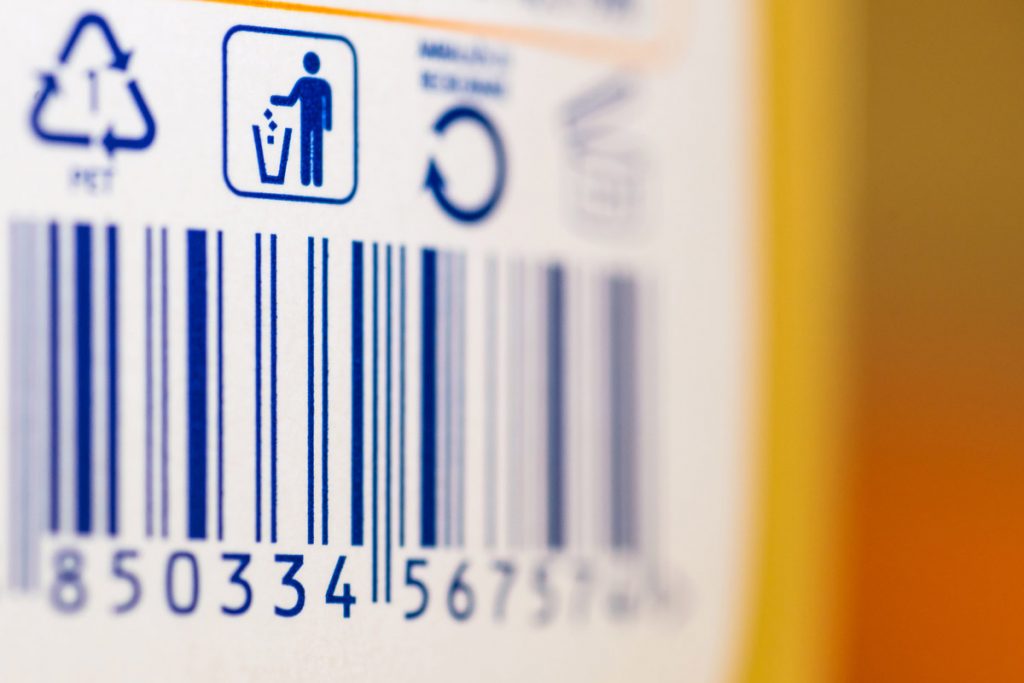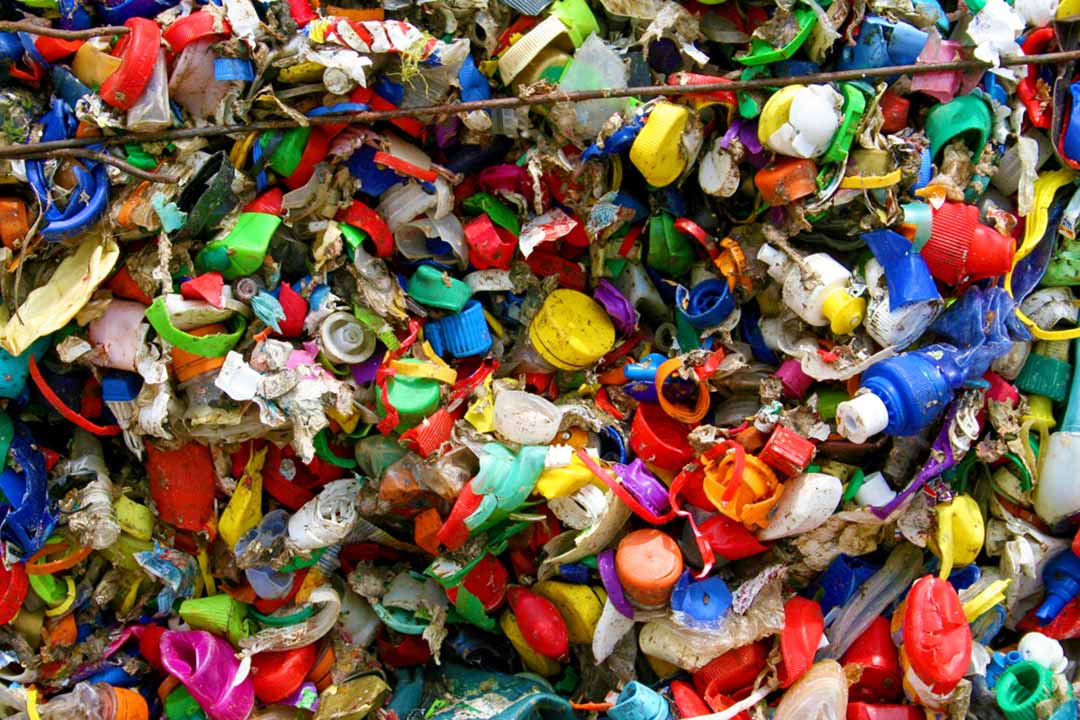
Federal funding has been announced for research looking into sorting scrap plastic and using enzymes to clean material, among other recycling-related efforts. | paul prescott/Shutterstock
The REMADE Institute announced it will provide $6 million to fund several recycling research projects. The same day, it declared it’ll provide up to $35 million for its next round of grants.


